Posted on 11 / oct / 2014
Video by Mark and John Pietropaoli Format
Unit of Beekeeping
Institute Zooprofilattico Lazio and Tuscany
BEEKEEPING,Bees,SMALL HIVE BEETLES,Beetle trap filling,install Beekeepers Honeybees Beehives Georgia
How I Build My Small Hive Beetle Trap/Bottom Board
Small Hive Beetle control devices
Episode 3: Small Hive Beetle
Making Small Hive BeetleTraps with the _FatBeeMan_.mp4
The small hive beetle (Aethina tumida) is an exotic pest originally from South Africa, which can infest honey bee (Apis mellifera) colonies, destroying combs and brood often causing total colony loss.

Photo: Nelles Ruppert
It invaded the southern USA in the 1990s, causing significant economic loss, and has later been found in Australia, Canada and elsewhere. It is subject to statutory control in most European countries, and contingency plans have been in place for some years in anticipation of its arrival.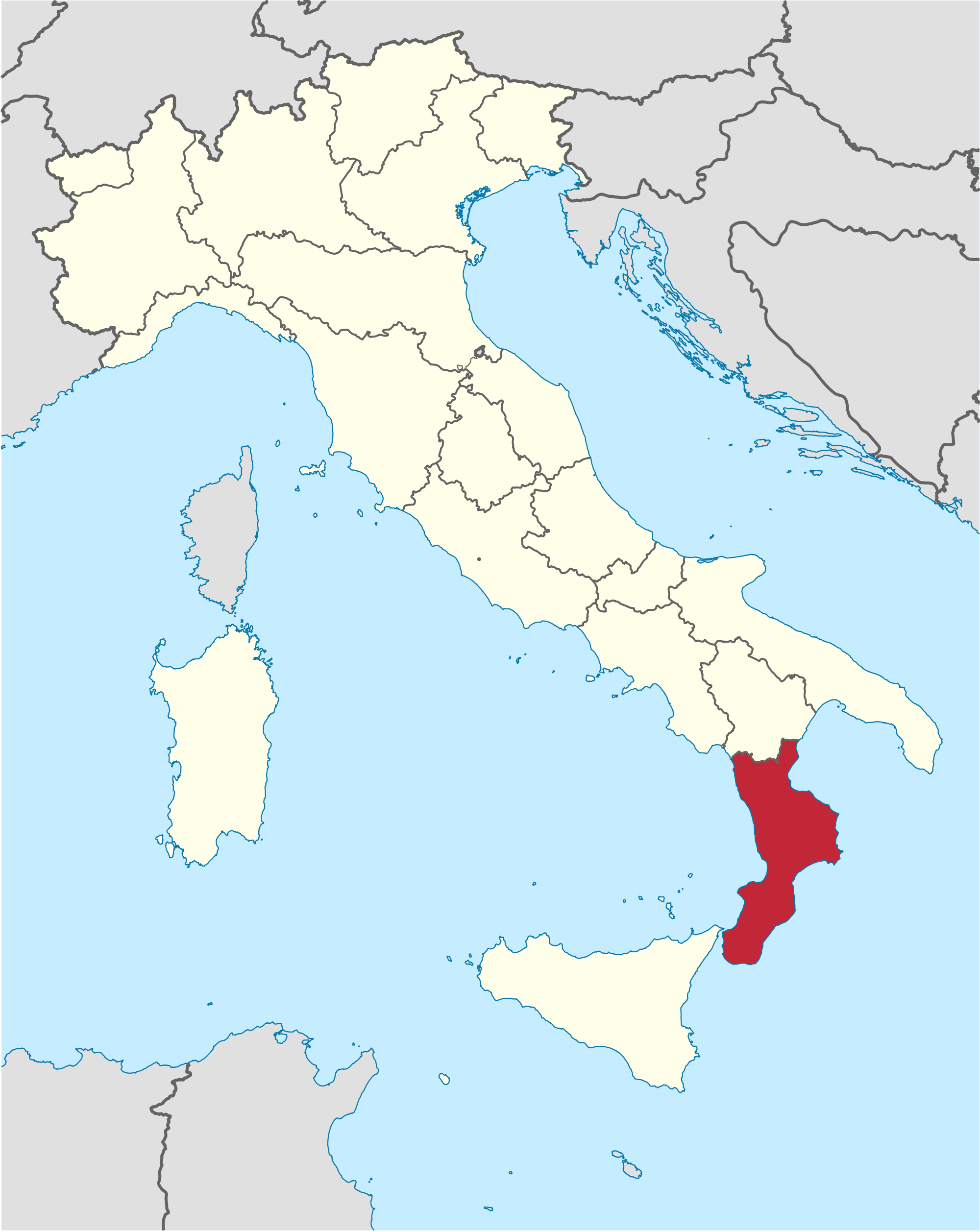
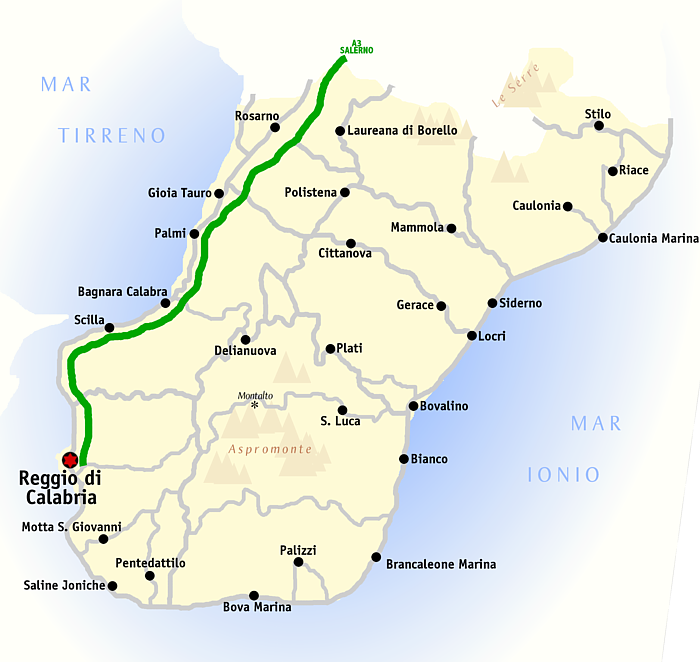


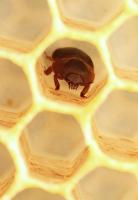













On 11th September 2014 the small hive beetle was discovered by beekeepers in Gioia Tauro, in south west Italy. The source of the outbreak is currently unknown. Attempts were made to eradicate the beetles, by killing colonies and treating the soil with insecticide, setting up a 20 km protection zone and 100 km surveillance zone around the infested colonies. Subsequent investigation found that it is present in 48 apiaries of 13 bordering municipalities, all of them concentrated in an area of 10 km radius. Italian beekeepers have asked that the policy of compulsory destruction be halted, and other measures to avoid spread be implemented.
Dr Franco Mutinelli of the Istituto Zooprofilattico Sperimentale delle Venezie2says:
”Our inspections have shown us that the beetle is found in strong bee colonies as well as weak ones, in freshly made combs as well as old ones, and in nucleus colonies as well as full colonies. However, until now the infestation appears limited to this area of Calabria region”.
The President of the international honey bee protection network COLOSS Prof. Peter Neumann says:
“The COLOSS association is greatly concerned about this discovery, which represents the permanent arrival of this pest into Europe. It is inevitable that it will spread to other European countries, but we cannot yet predict what its effects on the beekeeping industry will be. COLOSS members will work together to bring scientific results into practice for the benefit of beekeepers to help them fight this serious pest”.

Photo: prof. Peter Neumann
COLOSS?
COLOSS is a honey bee research association formerly funded by the European Union COST Programme(Action FA0803) and currently by the Ricola Foundation – Nature & Culture, which aims to explain and prevent massive honey bee colony losses. COLOSS does not directly support science, but aims to coordinate international research activities across Europe and worldwide, promoting cooperative approaches and a research programme with a strong focus on the transfer of science into beekeeping practice. COLOSS has more than 300 members drawn from 63 countries worldwide. Its President is Prof. Peter Neumann of the University of Bern, Switzerland.
Website: www.coloss.org
IZSVe?
The Istituto Zooprofilattico Sperimentale delle Venezie (IZSVe) is a public veterinary Institute whichconducts prevention, control and research activities in three main areas: animal health and welfare, food safety, and environmental protection. Current information about the small hive beetle is available at:
http://www.izsvenezie.it/index.php?option=com_content&view=article&id=1731:aethina-tumida-epidemiological-situation&catid=119:-beekeeping&Itemid=893
http://www.izsvenezie.it/index.php?option=com_content&view=article&id=1731:aethina-tumida-epidemiological-situation&catid=119:-beekeeping&Itemid=893
Source: International Bee Research Association
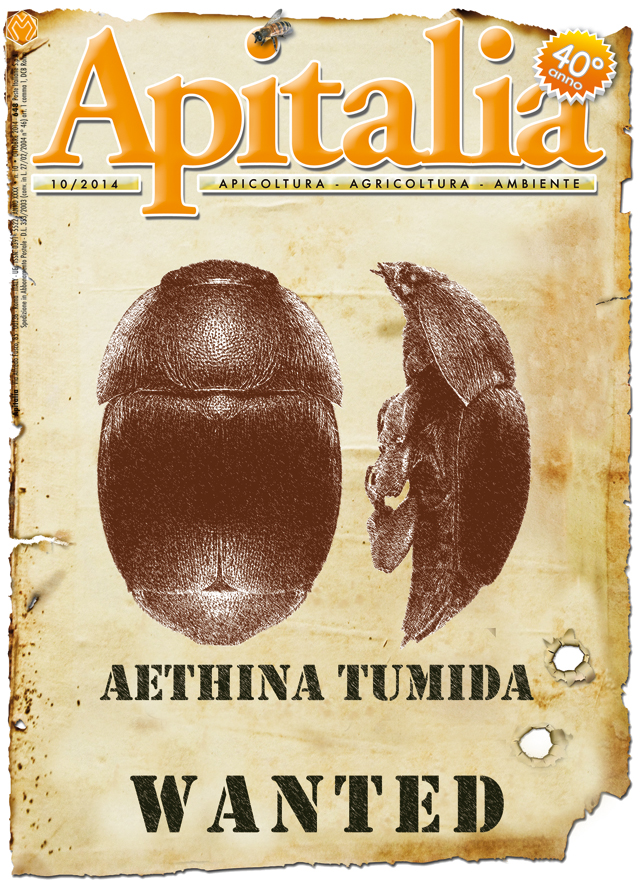
Detection of Aethina tumida (small hive beetle) in Southern Italy
https://sites.anses.fr/en/minisite/abeilles/detection-aethina-tumida-small-hive-beetle-southern-italy-0
Since the 20th October (10 days ago) only two news cases of A. tumida detection on apiaries have been reported in Calabria (South Italy).
Map 1: Location of the A. tumida outbreaks (29th October 2014).pdf
Map 2: The 100 km zone for monitoring A. tumida presence in Italy (29th October 2014).pdf
Two news cases of A. tumida detection on apiaries have been reported on the 22 October 2014 in Calabria (South Italy). In total adults of A. tumida have been observed in 48 apiaries since the 12th October.Coleopteran larvae have also been observed in four occasions and in one case, nymphs were collected from the soil. Most of the outbreaks are located in the province of Reggio di Calabria, 3 apiaries being located in the province of Vibo Valentia. The two provinces are nearby and the 3 apiaries in Vibo Valentia are very close to the limit between the two provinces.
Map 1: Location of the A. tumida outbreaks (22nd October 2014).pdf
Map 2: The 100 km zone for monitoring A. tumida presence in Italy (22nd October 2014).pdf
On the 20th October 2014, for the first time the small hive beetle has been detected in one apiary in the Vibo Valencia province. The total number of apiaries where A. tumidahas been observed is 46 in southern Italy. Vibo Valentia province is close to Calabria and is partly included in the control zone of 20 km. The positive apiary in Vibo Valentia is located close to the limit between the two provinces. Additionally, some pupae have been collected in the municipally of Gioia Tauro in a site where some A. tumida larvae have been observed on the 1st October 2014 (photo 1). The apiary was subsequently destroyed by burning. The remains and the soil were treated with insecticides (photo 2).
Map 1: Location of the A. tumida outbreaks (20th October 2014).pdf
Map 2: The 100 km zone for monitoring A. tumida presence in Italy (20th October 2014).pdf
Photo 1 : soil investigation to look for A. tumida pupae.
Photo 2: insecticide treatment on the remains and soil after the destruction of an infested apiary with fire
On the 16th October 2014, the small hive beetle has been detected in 40 apiaries located in 13 municipalities in total in Calabria region (southern Italy). An additional case of an infested apiary with A. tumida larvae has been observed, bringing to 4 the number of apiaries where larvae and adults of A. tumida have been detected together. The repartition of the last infested apiaries spreads towards southern Calabria.
Map 1: Location of the A. tumida outbreaks (16th October 2014).pdf
Map 2: The 100 km zone for monitoring A. tumida presence in Italy (16th October 2014).pdf
On the 14th October 2014, the small hive beetle has been detected in 35 apiaries in Calabria region (southern Italy). So far A. tumida has been detected in eleven municipalities. In most of the cases, with the exception of 3 sites, only adult beetles were observed.
Map 1: Location of the A. tumida outbreaks (14th October 2014)
Map 2: The 100 km zone for monitoring A. tumida presence in Italy (14th October 2014)
On the 10th October 2014, the small hive beetle has been detected in 5 new apiaries in Calabria region (southern Italy). The total number of apiaries where A. tumida has been detected since the first detection on the 12th September 2014 is 23. All apiaries are located in 4 municipalities. For the first time on the 10th October, an apiary was found positive for A. tumida in the municipality of Feroleto della Chiesa, eastern from the 3 municipalities already infested (Gioia Tauro, Rosarno et San Ferdinando). Several other apiaries have been visited, without reporting the presence of any beetle (last week, it was the case for 83 apiaries in the protection zone (20 km from the initial site), 49 apiaries in the surveillance zone (100 km) and 52 apiaries outside the two zones).
Map 1: Location of the A. tumida outbreaks (13rd October 2014)
Map 2: The 100 km zone for monitoring A. tumida presence in Italy (13rd October 2014)
Information from the 10th of October 2014
Controls in apiaries located in the Calabrian region and the surroundings are still in progress in Italy. Today, A. tumida has been found in 18 apiaries. All of these apiaries have been destroyed. Several other apiaries have been visited without any detection of the small hive beetle. These results are encouraging since they show that, up to date, the SHB infestation might be restricted to a small area in the Calabrian region.
Map 1: Location of the A. tumida outbreaks (10th October 2014)
Map 2: The 100 km zone for monitoring A. tumida presence in Italy (10th October 2014)
On the 6th October 2014, A. tumida was found in 18 sites in Italy, all located in Calabria region. Amongst them, larvae of A. tumida were observed in only 3 sites.
Italian authorities continue to survey apiaries close to the infested zone, but also this zone as in the Crotone region.
Map 1: Location of the A. tumida outbreaks (3rdOctober 2014)
Map 2: The 100 km zone for monitoring A. tumida presence in Italy (3rd October 2014)
These photos have been taken on the 1st October 2014 in an apiary highly infested with A. tumida in Calabria region. The apiary has been destroyed and the soil treated with insecticides.
Information from the 1st of October 2014.
For the first time, some larvae of A. tumida have been discovered in 2 apiaries in the province of Calabria. A total of 13 sites were found positives for either adults of larvae ofA. tumida all in Calabria : casi_confermati_di_aethina_tumida_it_30_09_14.pdf
Map 1: Location of the A. tumida outbreaks (1st October 2014)
Map 2: The 100 km zone for monitoring A. tumida presence in Italy (1st October 2014)
Note prepared by the EU RL for honeybee health (Laboratory of Anses-Sophia Antipolis)
The small hive beetle (Aethina tumida), exotic until now to Europe, has been detected in southern Italy in Calabria on the 11th September 2014. This infestation was suspected on the 5th September 2014 in an apiary containing three small colonies (nuclei) located in the town of Gioia Tauro near a major seaport that is retained as a possible place of introduction. Larvae and adult beetles were observed. The morphological diagnosis was realised locally by the University and confirmed by the Italian National Reference Laboratory (NRL-IZS delle Venezie, Padua) on the 11th September. Samples were sent to the European Union reference laboratory (EU RL) for bee health for confirmation. The identification of the species A. tumida was confirmed through morphological analysis of larvae and adults and subsequently through molecular techniques.
The apiary at the site of detection was destroyed and the soil treated with insecticides. The Italian authorities have given the notification to DG SANCO and to the OIE on the 12th September 2014. The Italian Ministry of Health announced national measures for monitoring and control for the eradication of the parasite. The measures include inspections in all apiaries within a radius of 20 km from the place of the event. Inspections are also in place in apiaries practicing transhumance in the region of Calabria. Upon discovery of the small hive beetle larvae or adults, destruction and removal of the entire apiary is recommended.
The small hive beetle is a pest regulated in the EU by Directive 92/65 / EEC, which defines a list of notifiable diseases (Appendix A).
The leaflet for the diagnosis of infection with Aethina tumida, published by the EU RL, is available here in English (leaflet SHB for beekeepers). Versions on other languages are available upon request to the EURL.
 Aethina tumida, adult stage (Anses, Sophia Antipolis, France)
Aethina tumida, adult stage (Anses, Sophia Antipolis, France) Aethina tumida, larval stage (Anses, Sophia Antipolis, France)
Aethina tumida, larval stage (Anses, Sophia Antipolis, France) Aethina tumida infestation in nuclei (Orlando Campolo, Italy)
Aethina tumida infestation in nuclei (Orlando Campolo, Italy) Aethina tumida, larval stage (Anses, Sophia Antipolis, France)
Aethina tumida, larval stage (Anses, Sophia Antipolis, France)
The photo of A. tumida larvae in the comb has been taken from one of the nuclei in Italy on the 5th of September 2014.
DG SANCO has requested that the EU RL supports the Italian authorities. A mission led by Italian experts including the head of the NRL Dr Franco Mutinelli took place from the 16th ot the 18th of September with the deputy head of the EU RL, Dr Marie-Pierre Chauzat (France), to help local authorities in the fight against the beetle. The team composed of beekeepers, biologists and Italian veterinary services visited five apiaries, all located close to where A. tumida was first detected on the 5th September. In these five apiaries, between 20 and 50% of the colonies were visited in order to detect the presence of A. tumida.
Adults of A .tumida were found on the 17th September in an apiary located 2 km far from the first detection point (see map). Seven adults were collected during the first visit. The next day (second visit), the 41 colonies of this apiary were visited. New adult beetles (18) were collected from 12 colonies. No larvae of A. tumida were observed in the hives. The apiary should be destroyed within days following the visit.
Subsequently 2 other apiaries were found positive for the detection of A. tumida. The four cases are in Gioa Tauro and Rosario, the fourth case being located at 6 km from the initial point of detection (Map 1). Some controls were carried out in the Province of Crotone and Vibo Valentia with negative results.
It is crucial to inspect colonies for visually detecting A. tumida. Each frame must be examined carefully and quickly. Indeed, the adult beetles do not like being exposed to light, so they run very quickly on the frames and are quite easily visible if the observer is attentive.
The Italian authorities are pursuing the identification and inspection of all apiaries in the 20 km zone around the first two outbreaks (see map 1) and a scheduled monitoring is set up in an area of 100 km around the outbreak (risk-based and random selection of apiaries) (map 2).
Aknowledgements
We thank the Italian authorities for providing us information on the A. tumida detection in the field.
Information are available at:
Please find here a short film from Per Kryger (NRL from Danmark). This film shot in South Africa shows how the adults of A. tumida quickly run on the honeybee colony frames

Map 1: Location of the four A. tumida outbreaks (1: 5th September 2014; 2. 17th September 2014; 3 & 4 : subsequent positive cases)

Map 2: The 100 km zone for monitoring A. tumida presence in Italy (26th September 2014)
657 hives killed in the province of Reggio Calabria
I am writing this post because, as always, on television, information
is filtered or compromised, and often many do not know what is happening
even if it is close to the problem.
657 are the number of hives killed in the province of Reggio Calabria, a
number that does worry beekeepers in each region, to think that only 18
of these are found to be infected hives from small hive beetle, new
beetle parasite entered in our country only a month ago.
The political solution is the following: If you find a single copy of
the small hive beetle in a hive, the beekeeper is poor unfortunate
deleted the whole apiary, that is, all the hives located on that land.
In short, the bees are killed by sulfur dioxide, then the hives are
burned and then within 40 meters of the ground is plowed and treated
with anti-larval pesticides.
A choice to say the least exaggerated, but the main problem as always is the business side.
The European Union is threatening to close the export of Italian
products such as bee-keeping equipment and food (honey, fruits and
vegetables and dairy products) and joinery products, such as the small
hive may pupate within them as well as in the ground.
So why only destroy the hives?
The entire beekeeping Italian heritage is in danger, but not for small hive beetle, as always the main cause is the man.
Can we do anything?
We could not destroy the beekeeping Italian, but defend it!
We need to think and understand the life cycle of this insect pest.
It turned out that these beetles, feeling the smells emanating from the
hives of honey and enter the door at the entrance to sunset.
Once inside the beetle, presumably already fruitful lays its eggs, which hatch in a few days.
At birth, the larvae in the combs run saziandosi with everything they find and defecating in the honey causing fermentation.
When you reach the right size, the larvae emerge and launch into the
ground beneath the hives to pupate and turn into a chrysalis, then
sfarfalleranno completing the life cycle.
The majority of traps on the market only serves to estimate whether the
hive is positive infection, but not by killing the parasite.
My suggestion is to break the life cycle in the larval stage, bringing the hives in a position where there is no ground, such as on balconies or parking or placing on the floor, under the door entrance of the hive a bucket or a bowl to trap the larvae in the fall.
My suggestion is to break the life cycle in the larval stage, bringing the hives in a position where there is no ground, such as on balconies or parking or placing on the floor, under the door entrance of the hive a bucket or a bowl to trap the larvae in the fall.
Or should find natural repellents or traps with pheromones.
The problem will concern us all very soon.
Bees at risk. First discovery of small hive beetle in Italy a harmful parasite of bees
The beetle parasite of adult bees, small hive beetle, it has recently been reported in Italy. The discovery of the parasite was carried out September 5th us by personnel from the Agricultural University of Reggio Calabria, in March of 2014 had placed "nuclear fuel" in the vicinity of the port of Gioia Tauro considered as a possible site of introduction. After the discovery of the beetle nuclei were treated by fumigation and freezing. On September 11, 2014, the National Reference Centre for beekeeping at the IZS delle Venezie confirmed the first detection of the presence in Italy, in a "core bait" place in the town of Gioia Tauro in the area Sovereto (RC) of small hive beetle.
It
is a beetle pest of beehives, exotic entire European Union and that can
lead to significant damage ranging from consumption of the reserves of
pollen and honey up to the destruction of the entire brood.
The small hive beetle, the order of beetles; family Nitidulidae) is native to South Africa, has recently been reported in Egypt, a few years ago is also in the US
where it caused some damage infesting some apiaries in Georgia, South
Carolina, North Carolina, Pennsylvania, Ohio and Minnesota.
The
small hive beetle can be a destructive pest of bee colonies Apis
mellifera, in fact it causes damage to the combs of honey and pollen
feeding. If the infestation becomes heavy enough, the bees can be induced to abandon their hive.
The adult beetle is dark brown or black and about half a centimeter in length.
Adults can live for up to 6 months in infested hives, can be seen
almost everywhere, the females lay the eggs in irregular masses of
cracks and fissures of the 'hive. From hatching the larvae are born whitish (similar to those of the wax moth) and will grow to 10 -11 mm in length.
The larvae feed on pollen and honey, after about 10-16 days ready the
metamorphosis that takes place under the ground near the hive.
The pupal period can last about 3-4 weeks. The adults emerge from the soil looking for the hives and females generally begin laying eggs about a week after emergence. The hive beetles may have 4-5 generations per year during the warmer seasons. Damage to colonies and stored honey caused by the small hive beetle coincides with the feeding activity of the larvae.
The Ministry of Health has issued the following urgent measures immediatmente Control and Prevention:
1) Tracing and control the fate of the apiaries that have activities nomadism during the summer in Calabria. These controls should be aimed at research in the hives of larval and adult small hive beetle.
The examination must be made in the hive by lifting the combs of the
nest since this beetle tends to hide in the less bright the beehive.
2) In case of detection of adult or larval stages suggesting that the presence of small hive beetle would be to the seizure of honey, honeycombs and any material vehicle of infection;
3) In the apiaries in point 2) you will have to resort to the
destruction of the entire apiary and the simultaneous treatment of the
surrounding land to be plowed to a depth of 20 cm and treated with anti
larval (eg. 40% permethrin ).
4) The application of the above measures will be communicated promptly on this Board.
Saturday, August 14, 2010
Small Hive Beetle Traps on Honeybee Bee Hives, Georgia Beekeeper John Pluta Milledgeville Georgia Beekeeping Small Hive Beetle Control Traps
The Beetle Trap, my new favorite weapon.Filling methods on left.
Click picture for enlarged detail.d 50 dead beetles.
Quick Easy Deadly Effective
CLICK PICTURE for enlargement
Small Hive Beetle Traps on Honeybee Bee Hives,
Georgia Beekeeper John Pluta Milledgeville Georgia
Beekeeping Small Hive Beetle Control Traps
West Small Hive Beetle traps, Fill with vegetable oil to drown small hive beetles and varroa mites.
The West Small Hive Beetle trap,fill with vegetable oil to drown the beetles. gets Varroa mites,ants,roaches as well. A good non chemical control that can be used year round.
The_Beetle_Trap- Picture above on top. Beetles fit in but not the bees.
This is newest trick/weapon, filled with a bait or a small piece cut off Check Mite strip.
Put on bottom board or top bars with a tight fit. Replaces the time consuming sign board method of cutting and taping. Cost effective at $2 -$3 depending on quantity here.
For high numbers heavily infested hives I use one on both top AND bottom. Kills so many you have to empty them out of trap.
Forget about the outside ground drench spray,waste of time & money.
Just pee, works about as good.
JOHN PLUTA
165 Sparta Hwy. NE.
Milledgeville GA. 31061
478-452-2337
BEFORE 9am OR AFTER 9pm
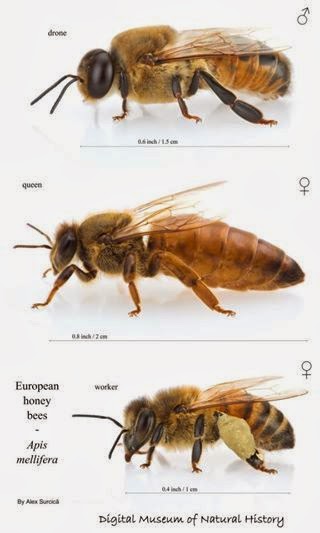


















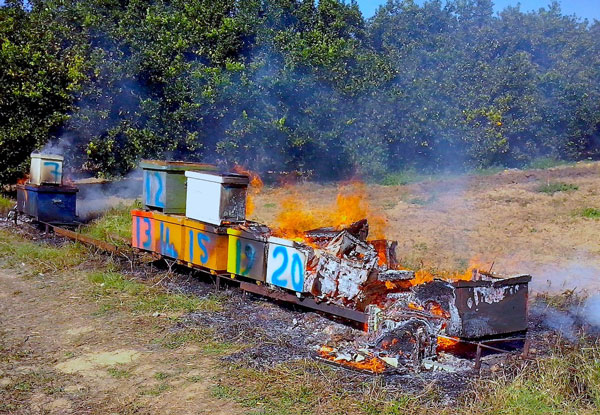




2 σχόλια:
Δύσκολα τα πράγματα...
Ενημέρωση χρειάζεται και όχι πανικός.
Δημοσίευση σχολίου